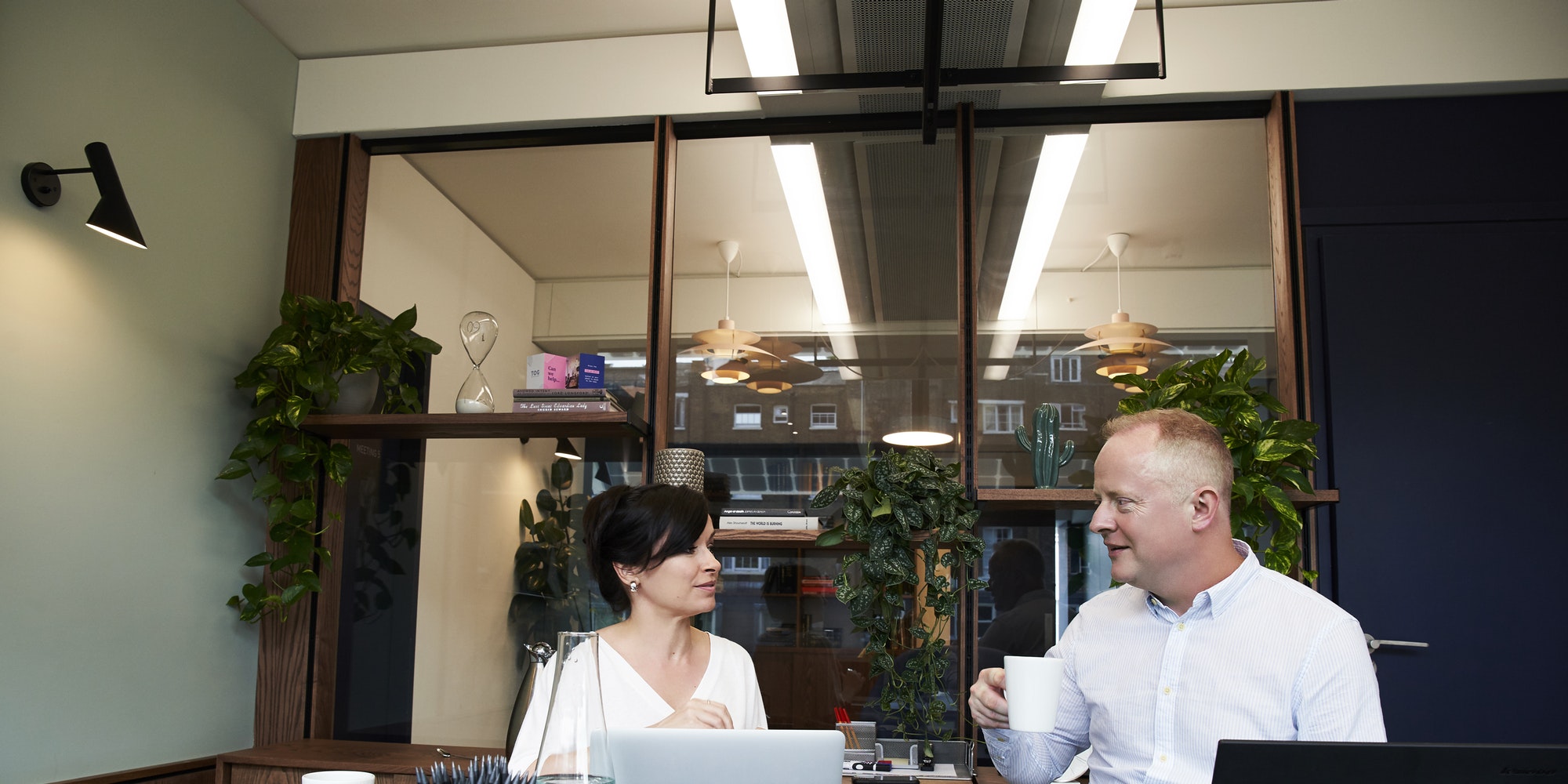Contemplating an interview at the USPTO? Our analysis found that nearly 95% of examiners are more likely to allow an application when an interview is part of the prosecution.
Have you ever been working on a patent application that you are sure has the potential to receive an allowance, but you keep running into issues in the prosecution process? No matter how much effort you put into describing the patentability of an invention in text, sometimes a conversation with the examiner can be more productive.
Interviews provide an opportunity to discuss the application with its examiner, giving clarity, resolving issues, and ensuring a better understanding of the application for both parties. Attorneys also enjoy the added benefit of observing an examiner’s reaction, creating amendments in real-time, and directly responding to areas of confusion. An effective examiner interview can reduce the pendency and associated costs of the application process by eliminating subsequent office action rejections.
Sounds peachy, right? Though interviews are a relished opportunity for direct communication with an examiner, the success of the interview still depends on the receptivity of that examiner. An examiner may not react favorably to these interviews, relying instead on their initial understanding to make final judgment.
With this in mind, we consulted Juristat’s database of 10 million pending, disposed, and issued applications to identify the examiners that respond best to an interview and those who don’t. For our analysis, we specifically looked at applications disposed between January 1, 2014, and December 13, 2018, providing us five years of data. We then limited our search to examiners who have reviewed at least 100 applications in that timeframe and participated in at least 50 interviews. We did not include design, reissue, reexamination, and provisional applications in this analysis.
In the chart above, we have identified the ten examiners most receptive to an interview. We did this by calculating the examiner’s allowance rate with an interview and comparing that number to the examiner’s allowance rate without an interview. These ten examiners have the most significant contrast between the two numbers, favoring an interview.
These ten examiners are on the opposite end of the spectrum, with the most significant contrast between the two numbers, favoring not having an interview.
Of the 6,350 examiners who fell within our parameters, 6,026 are more likely to allow an application with an interview, 323 are more likely to allow an application without an interview, and only one examiner had the exact same allowance rate for applications with or without an interview. That means 94.9% of these examiners enjoy having a direct conversation with attorneys to learn more about their application, leading to an allowance.
So is an interview worth your time? It seems like it. But, if you happen to work with one of our less receptive examiners, an interview could be bad news for your application. To better prepare, Juristat examiner analytics allows attorneys to create detailed prosecution strategies for every examiner at the USPTO. With interactive and customizable reports, the data provides actionable insights that help practitioners specifically tailor an application for the maximum possibility of allowance.
Not sure where to start with examiner data? Watch our webinar, "Using Advanced Examiner Analytics in Patent Prosecution," where we share best practices for using examiner data to make smarter, more strategic prosecution decisions.
(gradient).webp)

